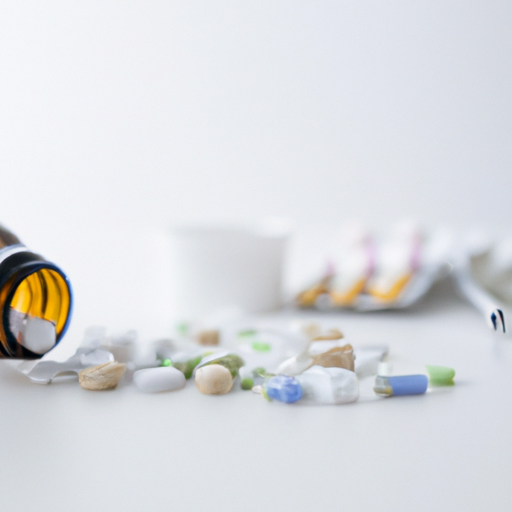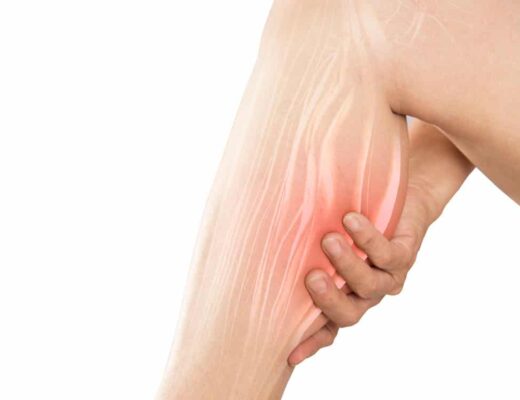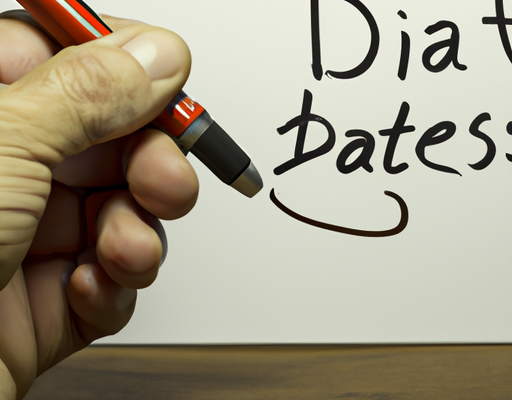What are papules and cystic acne?
Papules and cystic acne are two different types of skin conditions caused by clogged pores. Papules are small, dome-shaped bumps on the skin that may be red, pink, or flesh colored. They do not contain any pus, but can be tender or itchy. Cystic acne, on the other hand, are large, pus-filled bumps that are usually caused by bacteria growing in clogged pores. They typically form deep in the skin and may cause pain, swelling, and even scarring if left untreated. Both conditions can be treated with a variety of medications, such as topical creams and oral antibiotics. In more severe cases, a dermatologist may recommend other treatments, such as isotretinoin or laser therapy. It is important to note that both conditions can worsen if not treated properly.
Causes of papules and cystic acne
Papules and cystic acne are two of the most common types of acne. Both are caused by a combination of sebum build-up, bacteria, and inflammation. However, the causes of each type of acne vary. Papules are generally caused by an overproduction of sebum in the skin, which can lead to clogged pores and inflammation. Cystic acne is more likely to be caused by hormonal changes, such as an increase in testosterone, as well as genetics and environmental factors. Additionally, cystic acne can also be caused by certain medications, such as androgens or certain antibiotics. A doctor can come up with the best treatment for papules or cystic acne by determining the exact cause.
Symptoms of papules and cystic acne
When it comes to the symptoms of papules and cystic acne, the two can look very similar but can have very different underlying causes. Papules are small, bump-like lesions that appear on the skin and may be tender to the touch. They are usually red in color and can be inflamed. Cystic acne, on the other hand, is a more severe form of acne that develops deep in the skin and can be painful. Cystic acne is usually characterized by large, pus-filled lesions that can be red, white, or yellow in color. Both of these types of acne can be accompanied by inflammation, redness, and swelling, but cystic acne is more likely to cause scarring and can be more difficult to treat.
Diagnosis of papules and cystic acne
Papules and cystic acne are two types of skin conditions that require diagnosis by a medical professional. Papules and cystic acne have different symptoms, so it is important to know the differences between the two in order to seek proper treatment. The following list will outline the basic differences in diagnosis between papules and cystic acne:
- Papules are solid, raised spots that can range in size from a few millimeters to a centimeter in diameter.
- They may appear red or pink and can be tender to the touch.
- Cystic acne consists of large, painful, pus-filled lesions that range from half-inch to two inches in diameter.
- The larger cysts usually appear reddish or purplish in color and can be quite inflamed and sore to the touch.
- Both papules and cystic acne require diagnosis by a doctor or dermatologist and can often be treated with topical creams or antibiotics.
It is important to seek medical attention if you notice these symptoms as they may indicate a more serious skin condition. With proper diagnosis and treatment, papules and cystic acne can be managed and controlled.
Treatment of papules and cystic acne
The treatment of papules and cystic acne is important for maintaining healthy skin and avoiding scarring. There are a few approaches to treating these common skin conditions:
- Topical treatments—These include creams, lotions, and gels that are applied directly to the skin. They contain ingredients to help reduce inflammation and kill bacteria.
- Oral medications—These include antibiotics, which help reduce bacteria, and isotretinoin, which works to reduce inflammation.
- Laser and light therapy—This requires a visit to a dermatologist, but can be effective in helping to reduce the appearance of acne.
- Procedures—In more severe cases, a dermatologist may perform a skin procedure to help reduce inflammation and remove the cyst.
It is important to speak to a healthcare professional or a dermatologist to determine the best course of action. With the right treatments, it is possible to manage and reduce the appearance of papules and cystic acne.
Complications of papules and cystic acne
Papules and cystic acne can be painful and debilitating, but the health complications associated with these skin conditions go beyond the physical. Papules and cystic acne can be emotionally and psychologically taxing, leading to low self-esteem and depression. These conditions can also have lasting effects on the skin, including scarring and discoloration. The most serious complication, however, is an increased risk of developing a bacterial or fungal skin infection. These infections can be difficult to treat and may require prescription medication. People with papules and cystic acne should take extra care to practice good hygiene and avoid touching or squeezing their acne. It is also important to seek medical treatment if the signs and symptoms worsen or if they do not improve with over-the-counter treatments.
Prevention of papules and cystic acne
In order to prevent papules and cystic acne, individuals should maintain a proper skin care routine, which includes cleansing the skin with a gentle cleanser twice a day, using mild moisturizers, avoiding over-washing and scrubbing, and exfoliating the skin every now and then. Additionally, it is important to use non-comedogenic skin care products, sleep well, practice stress management, and eat a nutrient-rich diet. It is also essential to keep the skin well hydrated by drinking plenty of water. People who are more prone to cystic acne should minimize the use of oil-based cosmetics and opt for oil-free and water-based foundations and moisturizers. Furthermore, they must avoid using harsh skin care products that contain alcohol, retinoids, and salicylic acid. As papules and cystic acne can be triggered by certain medications, people should consult with their healthcare providers before initiating any new medication. Lastly, it is important to never pop, pick, or squeeze papules and cystic acne lesions, as this could lead to scarring, infection, and more acne development.





No Comments